5 Major Advantages of Automated Meat Packaging Machinery in Improving Production Efficiency
In the increasingly competitive meat processing industry, businesses are constantly seeking ways to enhance production efficiency and reduce operating costs to maintain market competitiveness and achieve sustainable development. The emergence of automated meat packaging machinery is an inevitable product of this trend. By applying advanced technology to the packaging of meat products, it significantly improves production efficiency, reduces operating costs, and enhances product quality and safety. This article will delve into the five core advantages of automated meat packaging machinery in improving production efficiency and answer some common questions businesses may have when considering adopting such equipment.
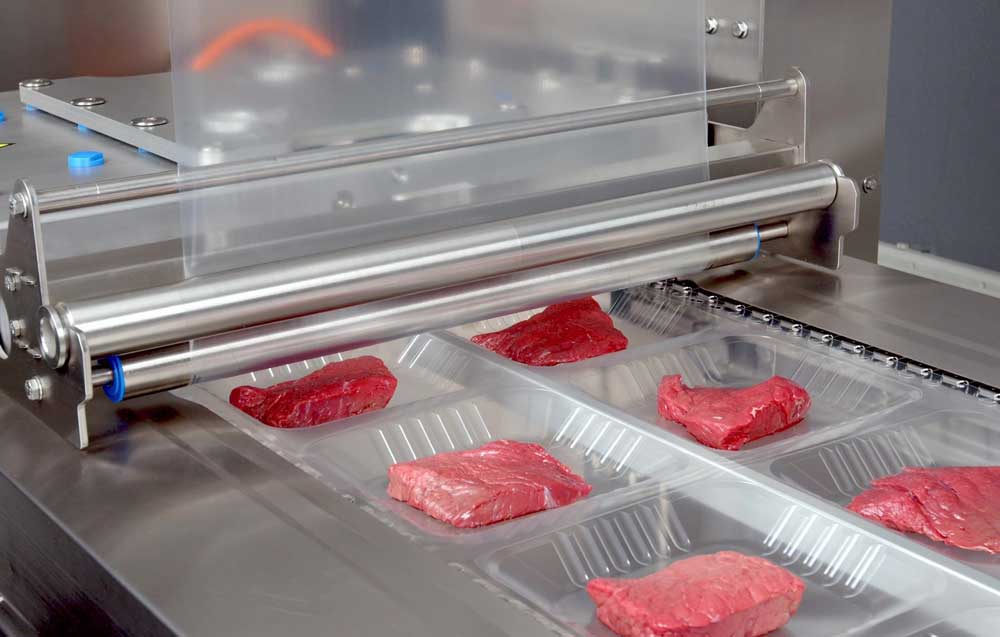
1. Significantly Increase Packaging Speed and Throughput to Meet Rapidly Growing Market Demand
The most direct and significant advantage of automated meat packaging machinery lies in its ability to complete packaging tasks at a speed far exceeding that of manual labor. Traditional manual packaging speeds are often limited by the operator's fatigue, experience, and skill level, making it difficult to maintain high-speed and stable operation for extended periods. Automated equipment, on the other hand, can operate continuously at high speeds 24 hours a day, greatly shortening the packaging cycle and increasing overall production throughput.
- Higher Cycle Speeds Beyond Human Limits: Advanced automated packaging equipment, such as high-speed flow wrappers and vertical form-fill-seal machines, are designed to achieve fast and continuous packaging cycles. For example, a flow wrapper can easily reach packaging speeds of dozens or even hundreds of packages per minute, far exceeding the efficiency of manual packaging. This high-speed cycling capability allows businesses to process large quantities of meat products more quickly, meeting rapidly growing market demand.
- Parallel Processing of Multiple Tasks to Shorten Overall Packaging Time: Many modern automated packaging lines have the ability to process multiple tasks in parallel. For example, during product conveying, weighing, labeling, coding, gas flushing/vacuuming, and final sealing can all be performed simultaneously. This parallel processing significantly shortens the overall packaging time for a single product, allowing for more packaging tasks to be completed in the same amount of time.
- Seamless Integration with High-Speed Production Lines to Eliminate Packaging Bottlenecks: Modern meat processing plants typically have high-speed slaughtering, cutting, and processing production lines. If the packaging still relies on manual labor, it can easily become a bottleneck in the entire production process, leading to wasted upstream production capacity. Automated meat packaging machinery can seamlessly integrate with upstream production lines, automatically adjusting packaging speed according to the production line speed, ensuring the smoothness and efficiency of the entire production flow.
- Coping with Seasonal Peak Demand: The demand for meat products often fluctuates seasonally, with significant increases during holidays. The high speed and high throughput of automated packaging machinery can help businesses easily cope with these peak demands, ensuring timely supply and seizing market opportunities.
By significantly increasing packaging speed and throughput, automated meat packaging machinery helps businesses complete more production tasks in a shorter amount of time, improves responsiveness to market demand, and enhances market competitiveness.
2. Significantly Improve Packaging Accuracy and Consistency, Enhancing Product Quality and Brand Image
Manual packaging, due to the influence of human factors, makes it difficult to ensure that the weight, size, and packaging quality of each product are completely consistent. This inconsistency can not only lead to product waste and economic losses but also affect the appearance of the product and the consumer's purchasing experience. Automated meat packaging machinery, on the other hand, can achieve highly accurate and consistent packaging operations through high-precision sensors, advanced control systems, and precise mechanical structures.
- Precise Weight Control to Reduce Losses and Customer Complaints: Automated weighing systems, such as multi-head weighers and linear weighers, can accurately measure the weight of each meat product with errors controlled within a very small range. This not only ensures that the product meets the predetermined weight standards, avoiding material waste caused by overweight, but also prevents customer complaints caused by underweight, improving customer satisfaction.
- Uniform Labeling and Sealing to Enhance Product Aesthetics and Freshness: Automated labeling machines can accurately apply labels to designated positions, ensuring the uniformity of label placement and the clarity of information, enhancing the overall aesthetics of the product. Automated sealing machines can achieve consistent and secure sealing, ensuring product tightness, effectively extending the shelf life of the product, and improving product freshness.
- Reduce Human Operational Errors and Improve Overall Packaging Quality: During manual packaging, operators may make mistakes such as misaligned labels, loose seals, or damaged packaging bags due to fatigue or negligence. Automated operations eliminate these human factors, ensuring that the quality of each package meets the standards, thereby improving the consistency of overall packaging quality and reducing the defect rate.
- Meet Strict Packaging Standards and Regulatory Requirements: Some meat products may need to meet specific packaging standards and regulatory requirements, such as MAP modified atmosphere packaging and vacuum packaging. Automated packaging machinery can accurately execute these complex packaging processes, ensuring that products comply with relevant standards and regulatory requirements.
By significantly improving packaging accuracy and consistency, automated meat packaging machinery not only enhances the intrinsic quality of the product but also improves its appearance, helping to establish a good brand image and enhance consumer trust.
3. Effectively Reduce Labor Costs and Labor Intensity, Alleviating Labor Pressure
Meat packaging is often considered a labor-intensive industry that requires a large input of labor. However, with the continuous rise in labor costs and the increasing prominence of labor shortages, businesses are facing growing employment pressure. Introducing automated meat packaging machinery can significantly reduce reliance on manual labor, thereby effectively reducing labor costs and greatly alleviating the labor intensity of employees.
- Significantly Reduce the Labor Required for Packaging: An automated meat packaging line typically requires only a few operators to monitor equipment, adjust parameters, and troubleshoot, replacing a large number of manual packaging workers, thereby directly reducing the company's labor costs.
- Lower Labor Management Costs and Training Costs: Reducing labor demand means that the company's expenditures on recruitment, training, wages, benefits, social security, etc., will also be reduced accordingly, thereby lowering overall labor management costs.
- Improve Employee Working Environment and Increase Employee Satisfaction: Freeing employees from monotonous, repetitive, and labor-intensive packaging work allows them to engage in more technically demanding and creative tasks, such as equipment maintenance and quality control, thereby increasing employee job satisfaction and career development opportunities.
- Addressing Labor Shortages and Difficulties in Hiring: In some regions with high labor costs or facing labor shortages, automated packaging machinery has become an important solution for businesses to maintain normal production operations, effectively alleviating the problem of labor shortages.
By effectively reducing labor costs and labor intensity, automated meat packaging machinery helps businesses optimize human resource allocation, reduce operating costs, and improve the employee work experience.
4. Significantly Enhance Hygiene Levels and Food Safety Assurance, Meeting Strict Industry Standards
In the food industry, especially the meat processing industry, hygiene and safety are the lifeline of a business. Any food safety issue can have a devastating impact on the company. Automated meat packaging machinery plays a vital role in significantly enhancing the hygiene level and food safety assurance of the packaging环节.
- Minimize Human Contact to Reduce Contamination Risks: Automated packaging processes complete product conveying, packaging, and sealing through machines, minimizing direct contact between human hands and meat products, thereby significantly reducing the risks of microbial contamination and cross-contamination.
- Adopt Materials and Designs that are Easy to Clean and Disinfect: Automated packaging equipment is usually made of food-grade stainless steel and other materials that are easy to clean and disinfect. The design also minimizes hard-to-clean corners, making it convenient for thorough cleaning and disinfection, meeting strict hygiene standards.
- Achieve a Controllable Packaging Environment to Enhance Product Safety: Some advanced automated packaging systems can integrate cleanroom technology to perform packaging operations in sterile or low-bacteria environments, further enhancing product safety and extending product shelf life.
- Comply with and Exceed Food Safety Regulations and Industry Standards: The design and operation of automated packaging machinery usually strictly comply with relevant food safety regulations and industry standards, such as HACCP and GMP, helping businesses better meet regulatory requirements and reduce food safety risks.
By significantly enhancing hygiene levels and food safety assurance, automated meat packaging machinery helps businesses produce safer and more reliable products, earning consumer trust and reducing potential risks associated with food safety issues.
5. Optimize the Use of Packaging Materials, Reduce Waste, and Achieve Sustainable Development
Packaging materials are an important component of the cost of meat products, and excessive packaging can also have a negative impact on the environment. Automated meat packaging machinery can precisely control the amount of packaging materials used, thereby effectively reducing waste, lowering packaging costs, and helping businesses achieve sustainable development.
- Precisely Control Film Tension and Cutting to Reduce Material Loss: Automated packaging equipment can precisely control the tension and cutting length of the packaging film, accurately cutting according to the actual size of the product, avoiding material waste that may occur during manual operation, such as excessively long film or inaccurate cutting.
- Optimize Packaging Design to Reduce Material Usage: Automated packaging technology can achieve more compact and optimized packaging designs, such as using thinner but sufficiently strong packaging materials or designing packaging bags that better fit the shape of the product, minimizing the amount of packaging materials used while ensuring product protection.
- Reduce Defect Rates and Indirectly Reduce Material Waste: Due to the high precision of automated operations, it can effectively reduce product spoilage caused by poor packaging (such as loose seals leading to product deterioration), thereby indirectly reducing the waste of packaging materials.
- Support the Application of Various Environmentally Friendly Packaging Materials: Some advanced automated packaging machinery can adapt to various types of packaging materials, including recyclable and biodegradable environmentally friendly packaging materials, helping businesses better fulfill their social responsibilities and achieve sustainable development goals.
By optimizing the use of packaging materials and reducing waste, automated meat packaging machinery not only reduces the company's packaging costs but also contributes to environmental protection and enhances the company's corporate social responsibility image.
Frequently Asked Questions (FAQ)
What is the return on investment (ROI) cycle for automated meat packaging machinery?
The ROI cycle depends on various factors, including the initial cost of the equipment, the company's production scale, labor costs, and the efficiency improvements and waste reduction brought about by automation. Generally, by reducing labor costs, improving production efficiency, and reducing material waste, many businesses can recoup their investment within 1-3 years. It is recommended that businesses conduct a detailed cost-benefit analysis.
Is automated meat packaging machinery suitable for meat processing businesses of all sizes?
Yes, automated meat packaging machinery comes in various models and specifications to meet the needs of businesses of different sizes. Small businesses can choose semi-automatic or small fully automatic equipment, while large businesses can use fully automatic high-speed packaging lines. The key is to choose equipment that suits your production scale and budget.
Is maintaining automated meat packaging machinery complex? Is professional maintenance personnel required?
Modern automated meat packaging machinery is increasingly designed with ease of maintenance in mind. Many devices are equipped with self-diagnosis systems and remote monitoring functions, making it convenient for daily maintenance and troubleshooting. Of course, for some complex faults, professional maintenance personnel may still be required. It is recommended to choose suppliers who provide comprehensive after-sales service when purchasing equipment.
Does introducing automated meat packaging machinery require large-scale modifications to existing production lines?
This depends on the layout and automation level of the existing production line and the type of automated packaging machinery purchased. Some automated packaging machines can be integrated into existing production lines as standalone equipment, while some fully automatic packaging lines may require certain adjustments and modifications to the production line. It is recommended to have thorough communication and evaluation with equipment suppliers when planning automation upgrades.
What types of meat products can automated meat packaging machinery package?
Automated meat packaging machinery can package various types of meat products, including fresh meat, frozen meat, cooked meat, and processed meat products. Different products may require different types of packaging machinery and packaging methods, such as vacuum packaging machines, modified atmosphere packaging machines, and heat shrink packaging machines.
How to choose the right supplier of automated meat packaging machinery?
Choosing the right supplier is crucial. It is recommended to consider the following factors: the supplier's industry experience and reputation, the quality and performance of the equipment, after-sales service and technical support, and the reasonableness of the price. You can refer to reviews from other users and conduct on-site inspections.
Does operating automated meat packaging machinery require professional training?
Yes, to ensure the safe and efficient operation of the equipment, operators need to receive professional training to understand the equipment's operating procedures, maintenance methods, and how to handle common faults. Equipment suppliers usually provide relevant training services.
Conclusion
Automated meat packaging machinery, with its significant advantages in increasing packaging speed, accuracy, hygiene levels, reducing labor costs, and optimizing material usage, is becoming a key tool for modern meat processing companies to improve production efficiency and enhance market competitiveness. For meat producers who want to stand out in the fierce market competition, in-depth understanding and rational introduction of automated meat packaging machinery is undoubtedly a strategic decision. With the continuous advancement of technology, the future of the meat packaging industry will be more intelligent and automated, providing consumers with higher quality, safer, and more sustainable products.
Must-Read Blogs For Chain Restaurants Owner

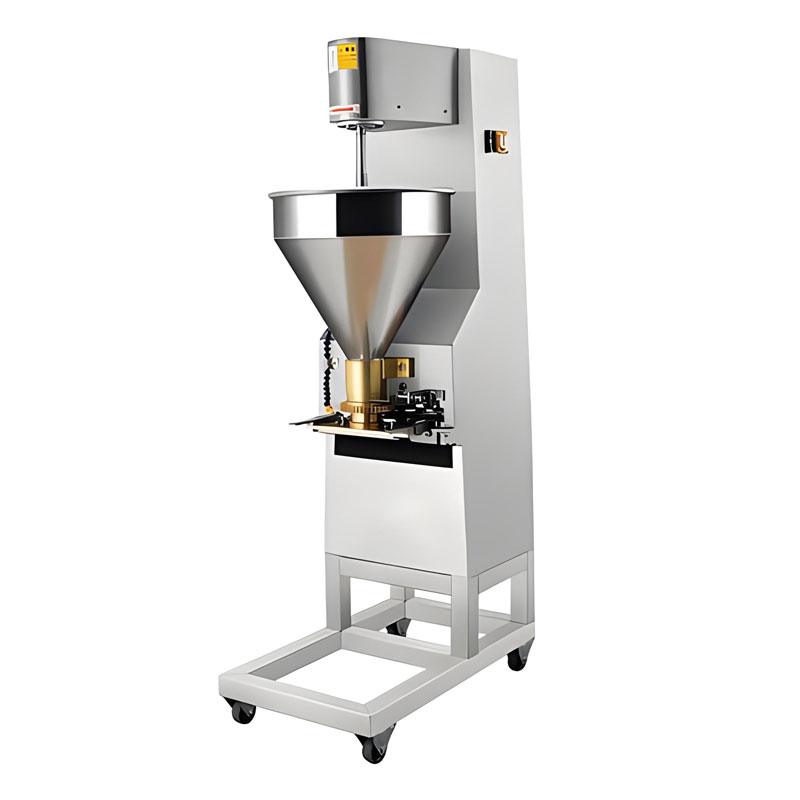
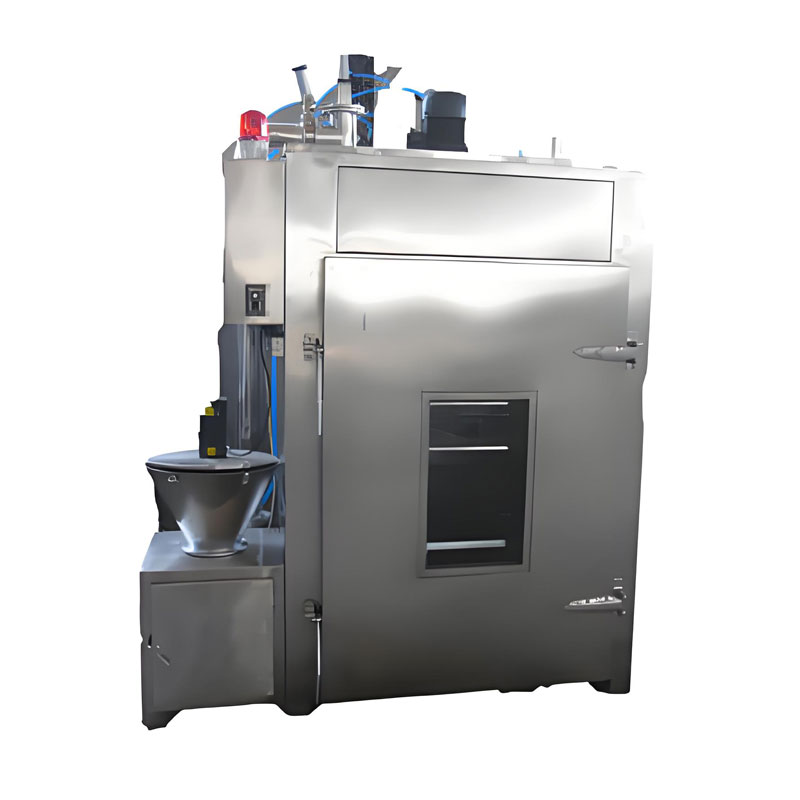
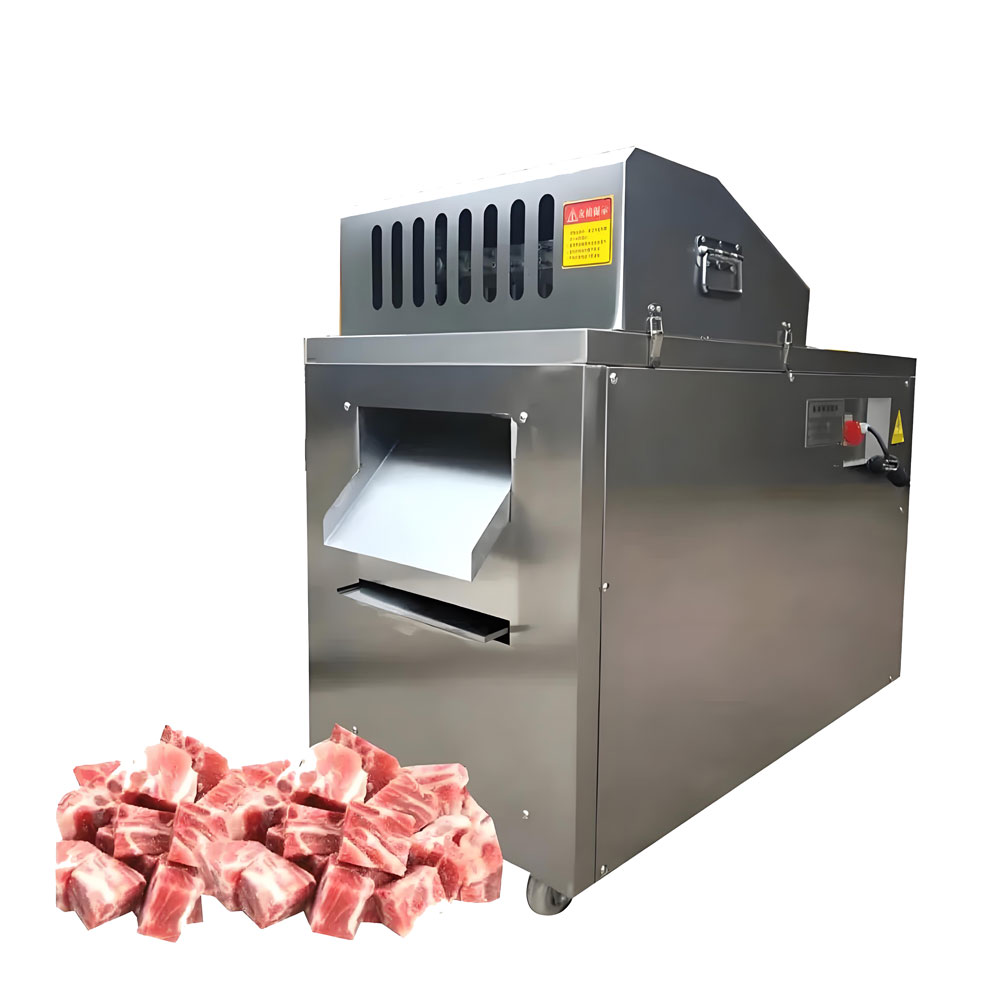
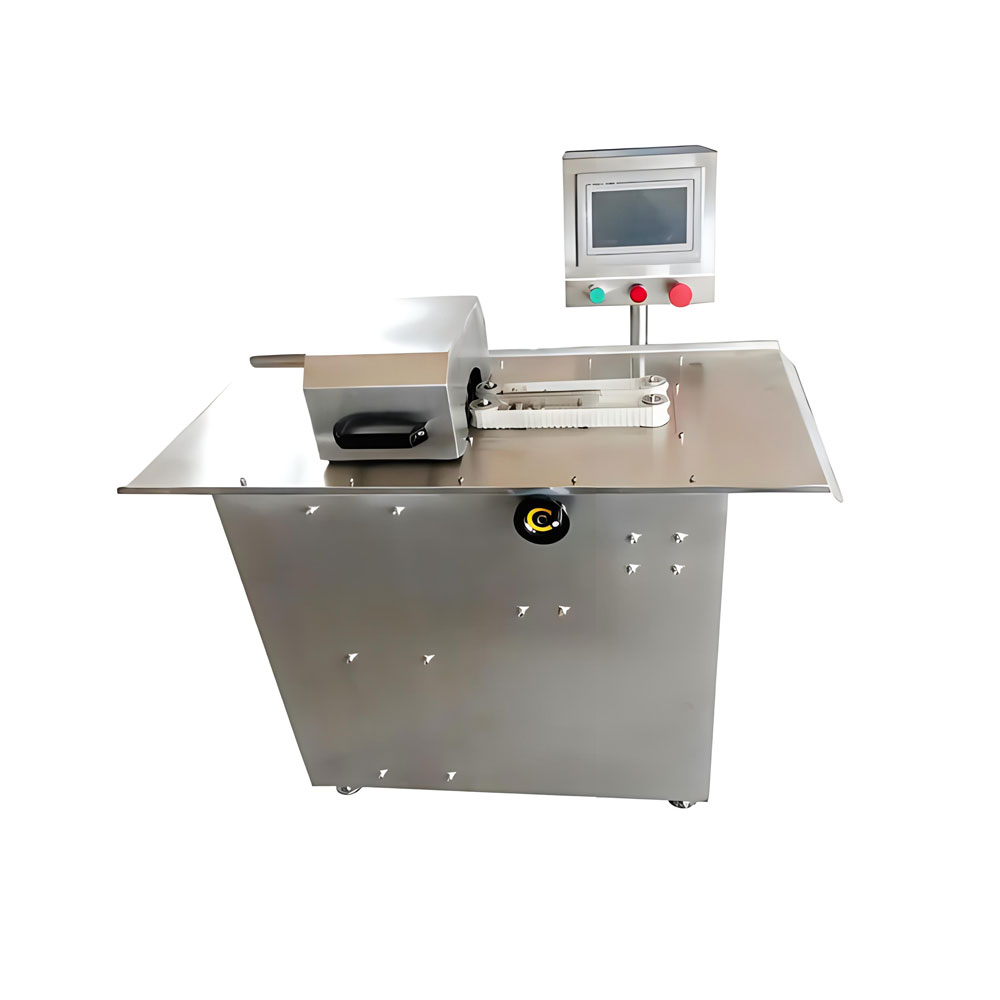
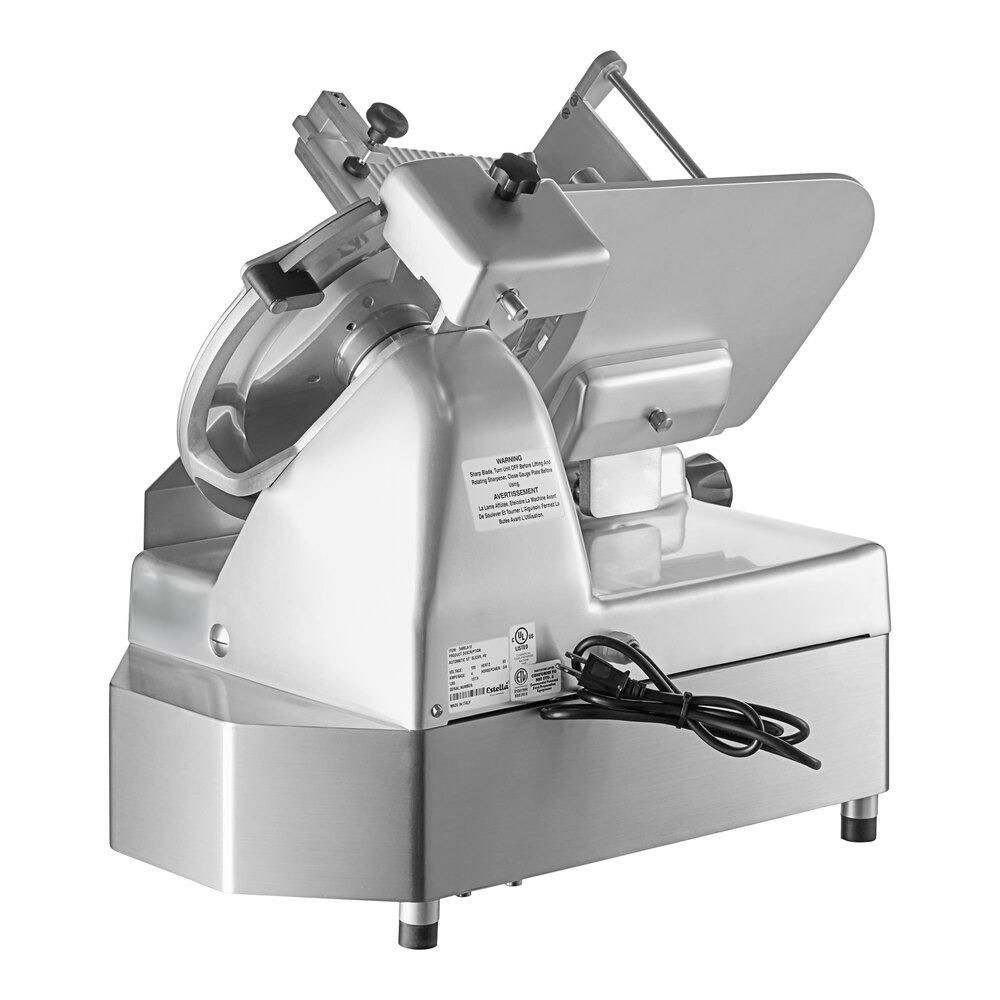
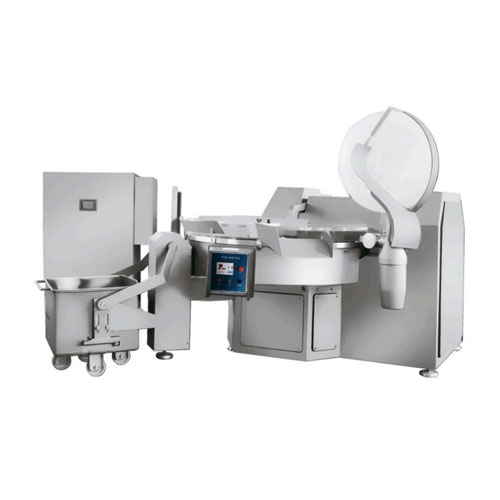
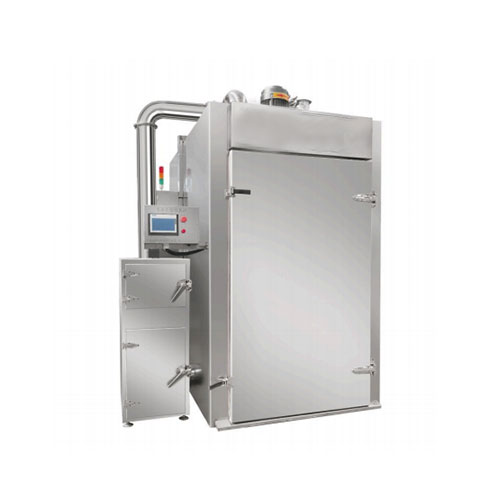
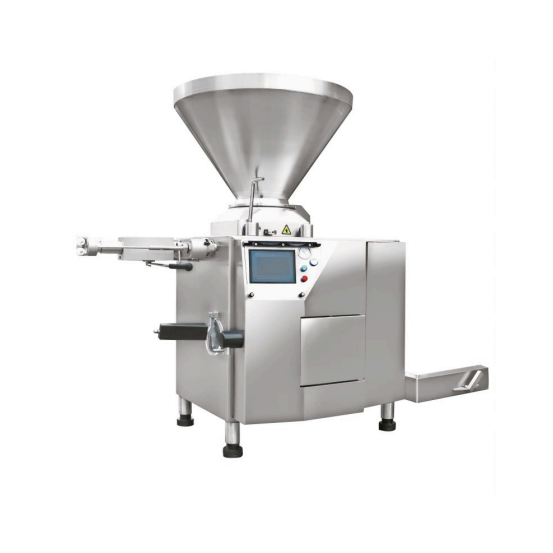
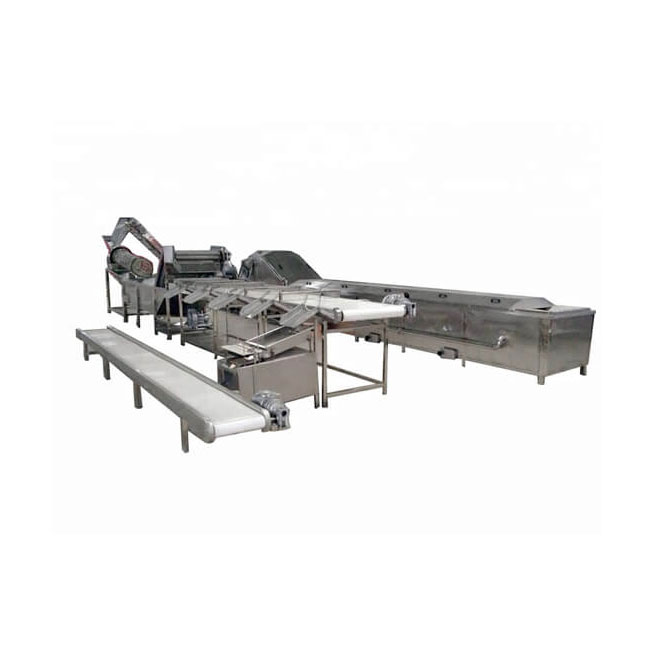
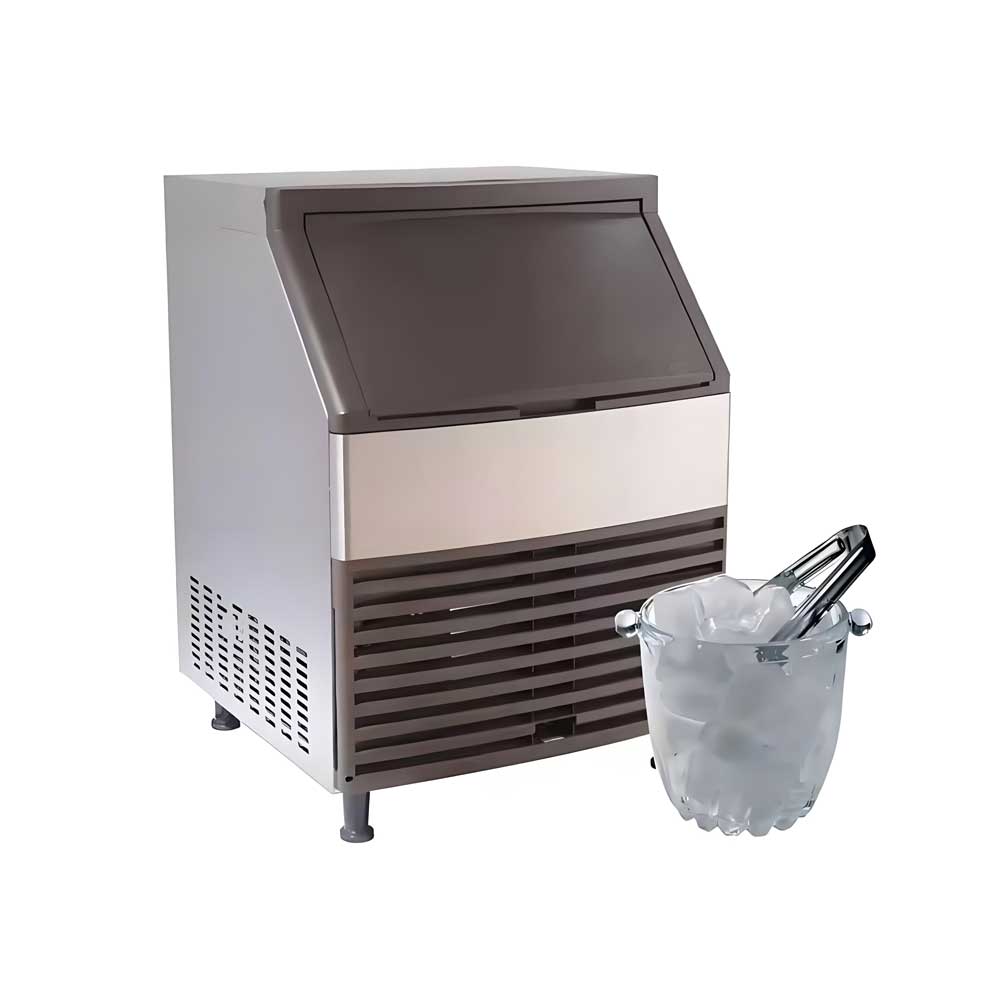
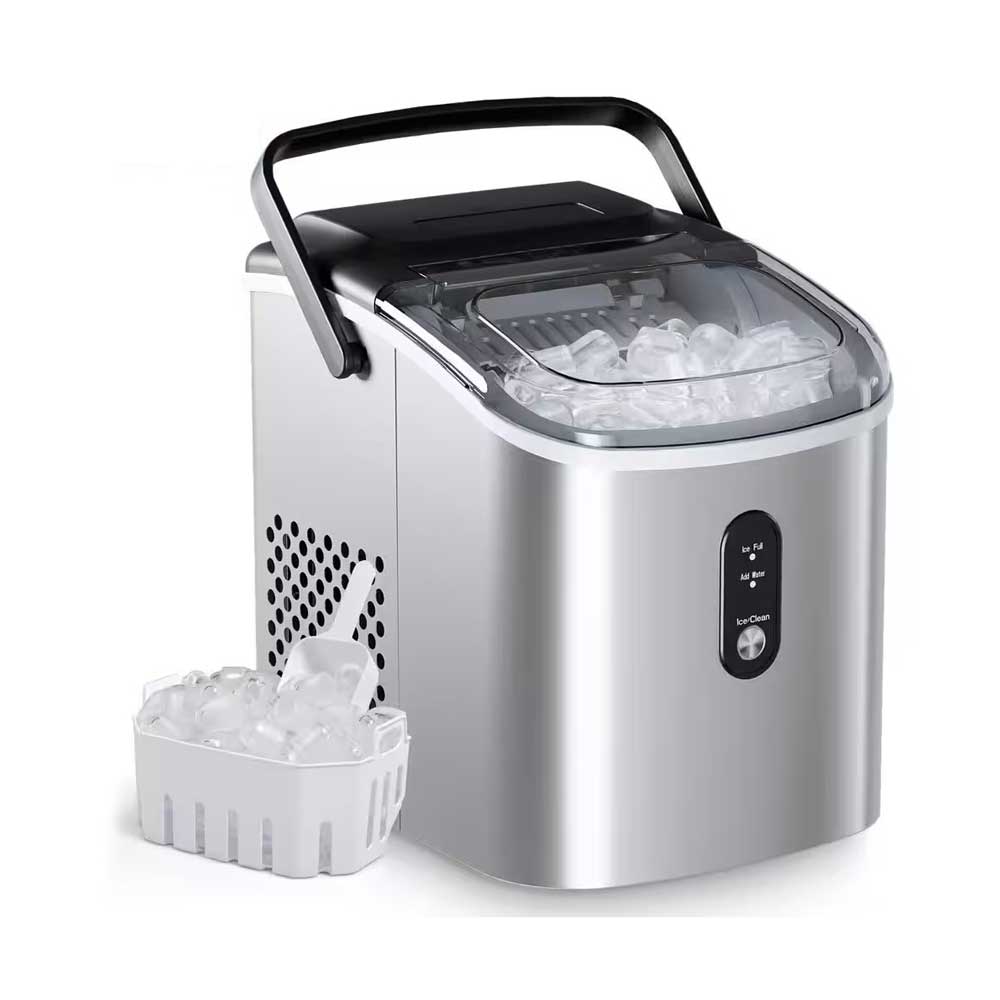 Portable Flake Ice Machine
Portable Flake Ice Machine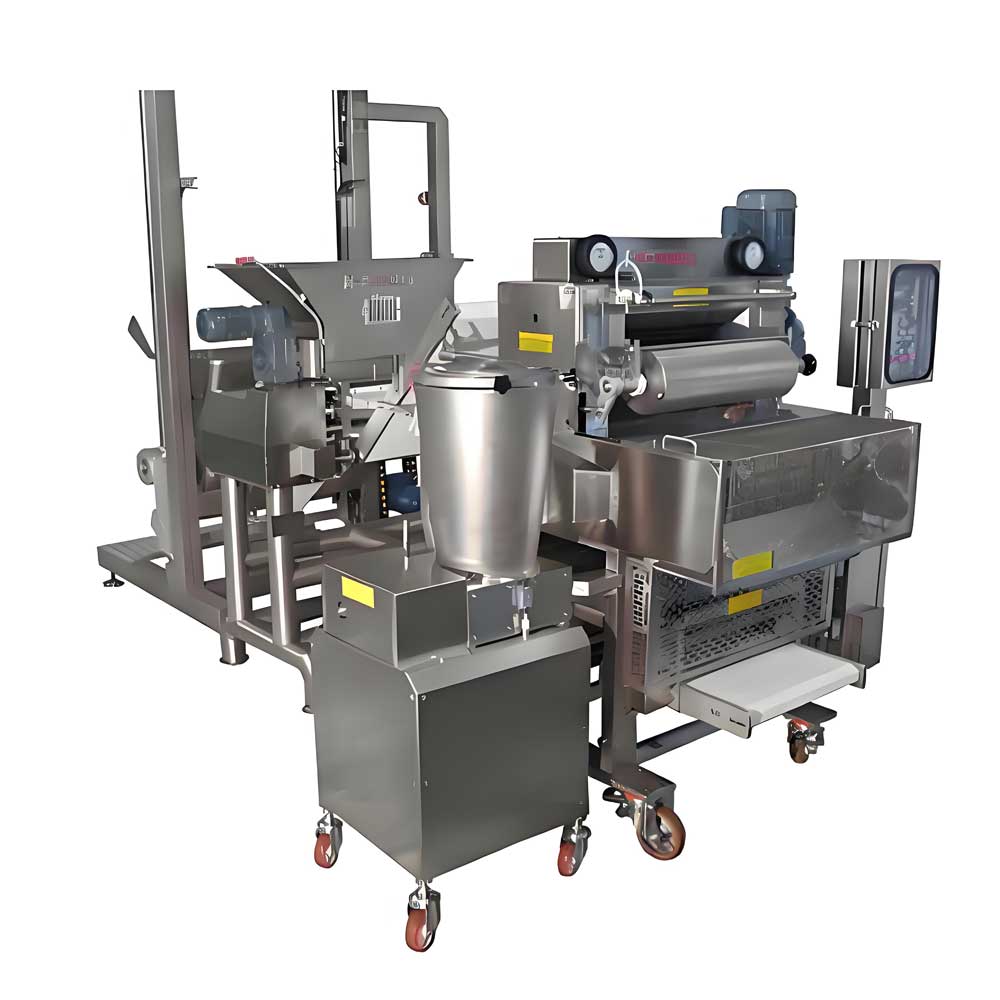 Pelmeni Making Machine
Pelmeni Making Machine
Ready to Get Started?